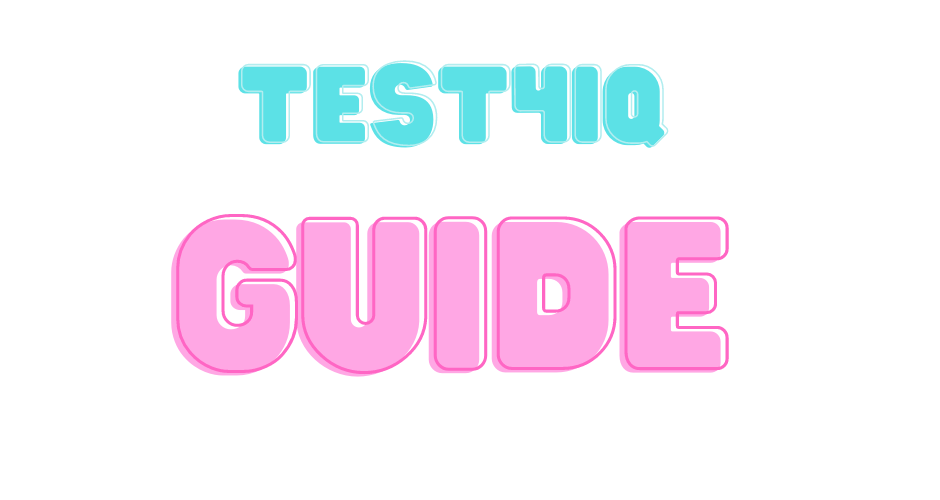Eugene. Thobias Montler is in Eugene in search of his first outdoor platform.
In this case, the proof of achievement will not be the same as any other proof. World Cup medals are made of a material mainly used to make kitchen worktops.
– They are a little special … , he says.
Thobias Montler He had margins against him in major outdoor finals. At the 2018 European Championships, fluttering shorts destroyed a medal and at the Olympics it was only a centimeter more than the Olympic medal.
But the truth is that Thobias Montler under Daniel Ståhl and Mondo Duplantis is perhaps Sweden’s biggest medal jump at the World Cup. When reputable Track and Field News ranks fields in all of WC’s subsidiaries, the IVM Silver Medalist is just as second as Daniel Ståhl. But Muntler doesn’t think it strange to let him slip into the reeds.
– I don’t think too much about it, he is the world record holder who won the Olympics and the World Cup so that they can achieve success in a different way, I understand. But it is fun to get second place, it strengthens you yourself.
Does it match your selfie?
– It’s a tough starting field. Miltiadis (Tentoglou) and Simon (Ehammer) jumped very well. It will be a tough fight as it is very open.
What do you think is required?
– I’m thinking the same thing as in IVM, if you jump around 8.30 plus you’re in a medal fight.
If successful, he will receive his first medal from an external tournament. Something very unusual.
Competition means more.
The medals are not shaped as usual, and although there is a bit of the precious metal chipped into each medal, the base material is corian.
What do you know about that, Thubia?
Not much at all to be honest…
Not me either, so I searched Google and it’s basically a composite material that kitchen worktops make. Do you feel magic?
– I definitely think so. These medals are so beautiful and always mean something. But they don’t hang on the kitchen table or sofa TV so you see them all the time anyway. The competition itself is the most important.
The material made it easy to create the unique look of the medallion where one side looked like a tree in cross section and where the outer edge should also look like tree bark to symbolize the condition known as timber production.
“The goal of the design process is to create something truly innovative and beautiful that will be instantly recognized as Oregon’s medals of the future,” says Jessica Gabriel, head of the local World Cup organization.
